Commentary: Renaming the Kennedy Center Opera House for Donald Trump's wife? It's not a hotel
Published in Op Eds
When the Kennedy Center opened in 1971, the world premiere of Leonard Bernstein’s “Mass,” a theater piece for singers, dancers and musicians, was performed in the Opera House. Dignitaries included Rose Kennedy, Eunice Shriver, Sen. Edward Kennedy and his wife, Joan, along with artists such as Aaron Copland, Helen Hayes and Isaac Stern.
It was a glittering event that would signal the beginning of the monumental importance of the nation’s cultural center for the next 50-plus years.
Founding Chairman Roger L. Stevens said the Kennedy Center “more than any predecessor lent dignity to the role of the arts and its place in society.”
The center, before its completion, was designated a living memorial to President John F. Kennedy after his assassination, to honor his contributions to the arts, which included launching a $30 million campaign to fund the center.
Additionally, he and first lady Jacqueline Kennedy initiated a series of Concerts for Young People as well as regularly inviting artists and writers to the White House.
Now comes news that Congress wants to name the Opera House after first lady Melania Trump, to acknowledge her “support and commitment to the arts,” according to Idaho GOP Rep. Mike Simpson, who introduced the amendment.
Wait, what commitment and support?
The first lady has never been known for her arts contributions. Sure, she was named an honorary chair of the center, as were Jill Biden, Michelle Obama, Laura Bush and Hillary Rodham Clinton. But she has rarely attended performances there. Last month, she did go to the opening night of “Les Misérables,’’ where she and the president were booed and which a dozen cast members boycotted.
The former model is better known for her designer wardrobe. Vogue noted she was wearing a black Bottega Veneta gown and silver stilettos to the event.
Naming the Opera House after her is as far-fetched as renaming the National Museum of African American History and Culture after Donald Trump, who has targeted that institution for its “divisive narratives.”
The Opera House is the second largest of the center’s seven stages with 2,347 seats. It is home to the Kennedy Center Honors, which recognizes lifetime contributions to the arts, and which the Trumps famously skipped during his first term after honorees criticized him.
Presently, the only theater at the Kennedy Center identified for an individual is the Eisenhower Theater, honoring former President Dwight D. Eisenhower who signed initial legislation creating an earlier-named National Cultural Center in 1958.
Congress pandering to the president’s ego and megalomaniac desire for branding is nothing new. Republicans have suggested Trump’s face be carved into Mount Rushmore and that Dulles International Airport be named after him.
The Kennedy Center should not be treated like a hotel with the Trump name plastered all over it. Statements about the first couple’s contributions to the arts are simply not true. Indeed, the Trump administration’s sweeping cuts to federal arts agencies such as the National Endowment for the Humanities and National Endowment for the Arts have caused states to scramble for funds, including 192 organizations in Illinois.
Since Trump’s hostile takeover of the performing arts center in which he fired top administrators and board members while anointing himself as chair, ticket subscription sales are down 36% over last year. Artistic advisers Ben Folds, Renee Fleming and Shonda Rhimes fled. Artists and productions such as “Hamilton,” Rhiannon Gibbons and Issa Rae canceled their dates.
Conversely, the Kennedy Center cut performances by the Gay Men’s Chorus of Washington in an unsurprising move.
Claiming the center has celebrated “radical left lunatics” and “woke culture,” Trump vows to make it great again by perhaps personally hosting the Honors and asking Congress for money to renovate the building.
In Trump’s Kennedy Center, there are “NO MORE DRAG SHOWS, OR OTHER ANTI-AMERICAN PROPAGANDA—ONLY THE BEST.”
That sentiment is the antithesis of Kennedy’s vision of the arts. “If art is to nourish the roots of our culture, society must set the artist free to follow his vision wherever it takes him. We must never forget that art is not a form of propaganda; it is a form of truth,” he said in October 1963, a mere month before he was killed.
Sixty-one years later, truth is what Trump says it is: Art is funded only if it fits his vision, history is redacted, books are banned and diversity is discouraged.
But the giant on the Potomac with its acres of red carpet, Hall of States and Nations displaying flags of 50 states and over 190 countries, and its Grand Foyer featuring 16 crystal chandeliers and an 8-foot-tall bronze bust of Kennedy, will likely stand for another generation.
Because despite dwindling ticket sales and flailing artistic reputation, Trump’s domestic policy bill provides over $250 million to the center, six times the amount normally allocated. Trump, always the developer, will not let the building fall.
____
Christine Ledbetter is a former senior arts editor at The Washington Post who lives in Illinois, where she writes about culture and politics.
___
©2025 Chicago Tribune. Visit at chicagotribune.com. Distributed by Tribune Content Agency, LLC.
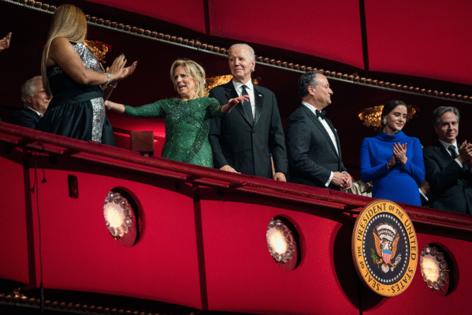


















































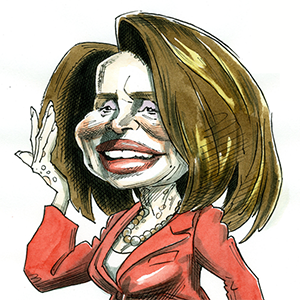
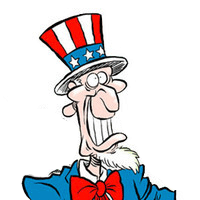
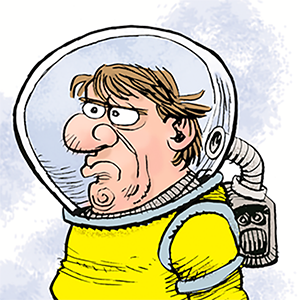

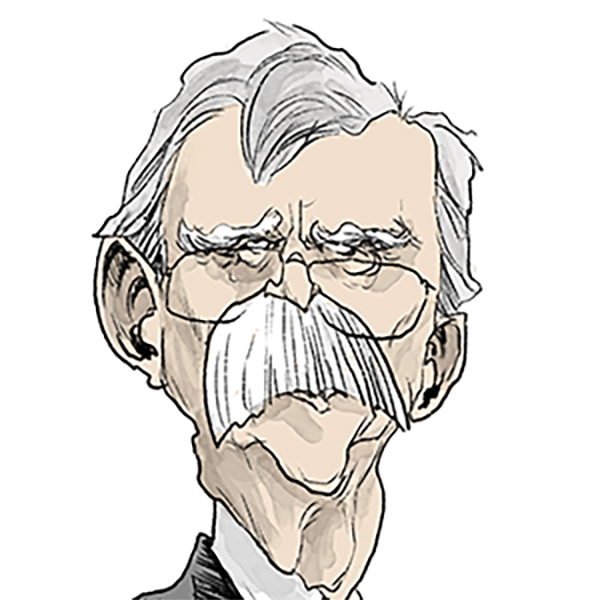
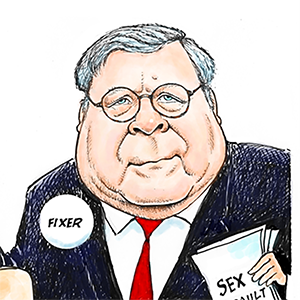
Comments